I’ve been using the LPC1 RF Sampler that came with my LP100A wattmeter to sample RF to my Spectrum Analyzer. This is an extremely high quality sampler. However, I can’t use my wattmeter while using the coupler as a sampler.
Thus this project was born to build a high quality “lab grade” RF Sampler. Following the design notes in this article from W5QN, I got started.
I ended up with a nice compact RF Sampler, capable of 1500W or more, which hit the 50dB design goal dead nuts with nearly 0dB insertion loss.
Just going to make this one a pictorial.
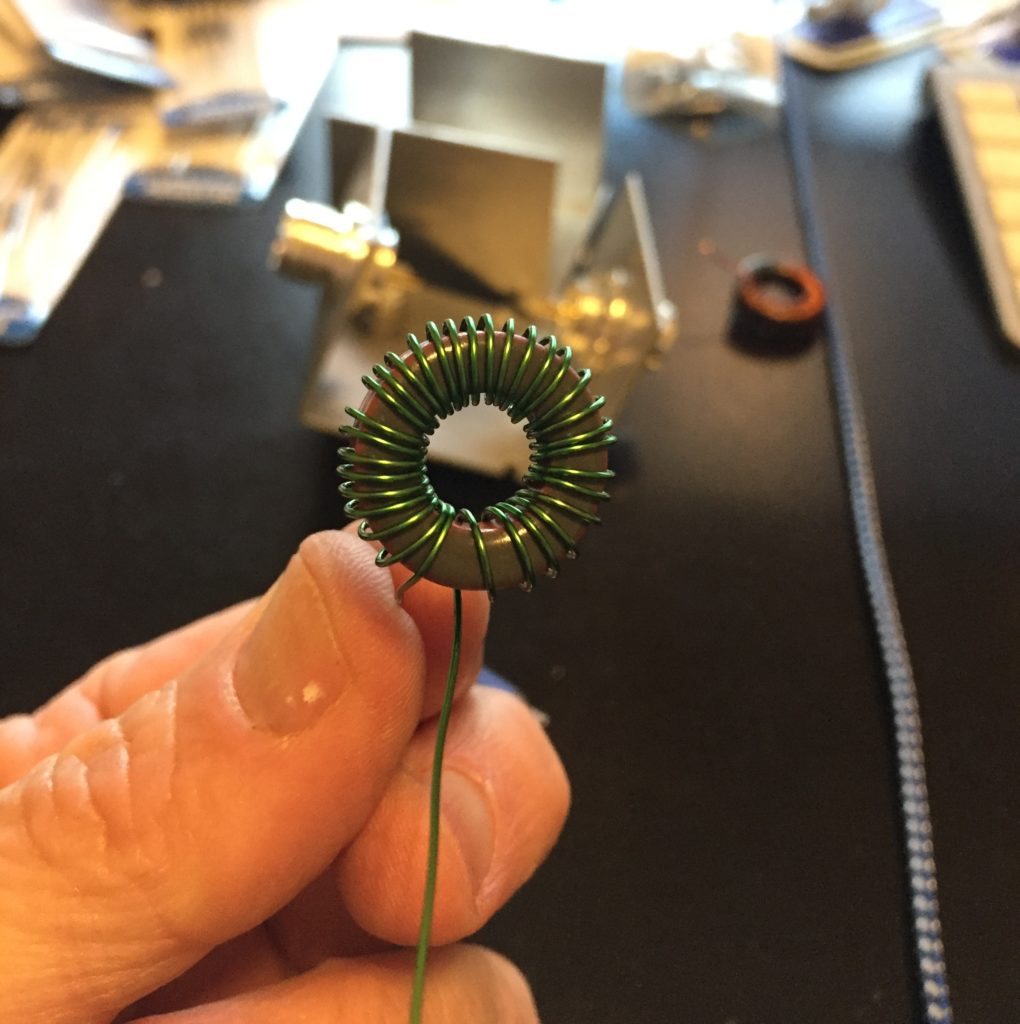
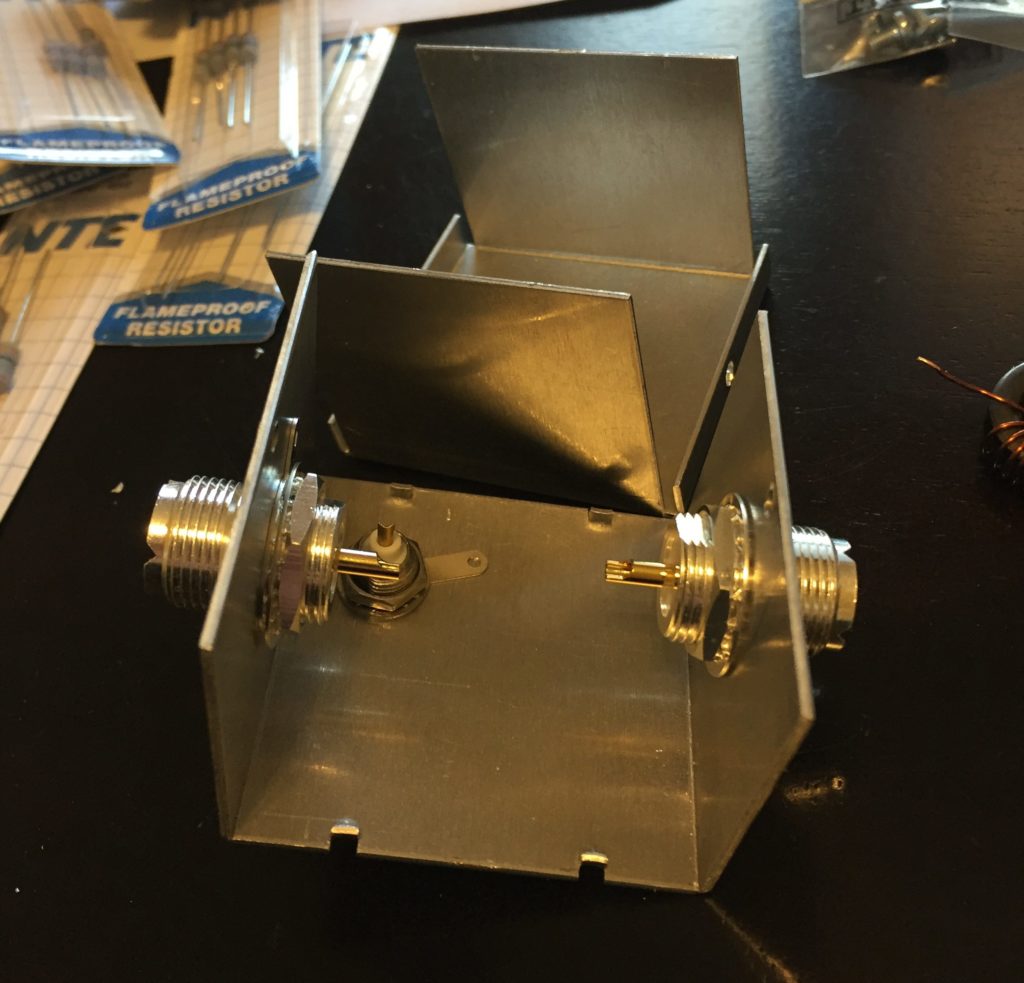
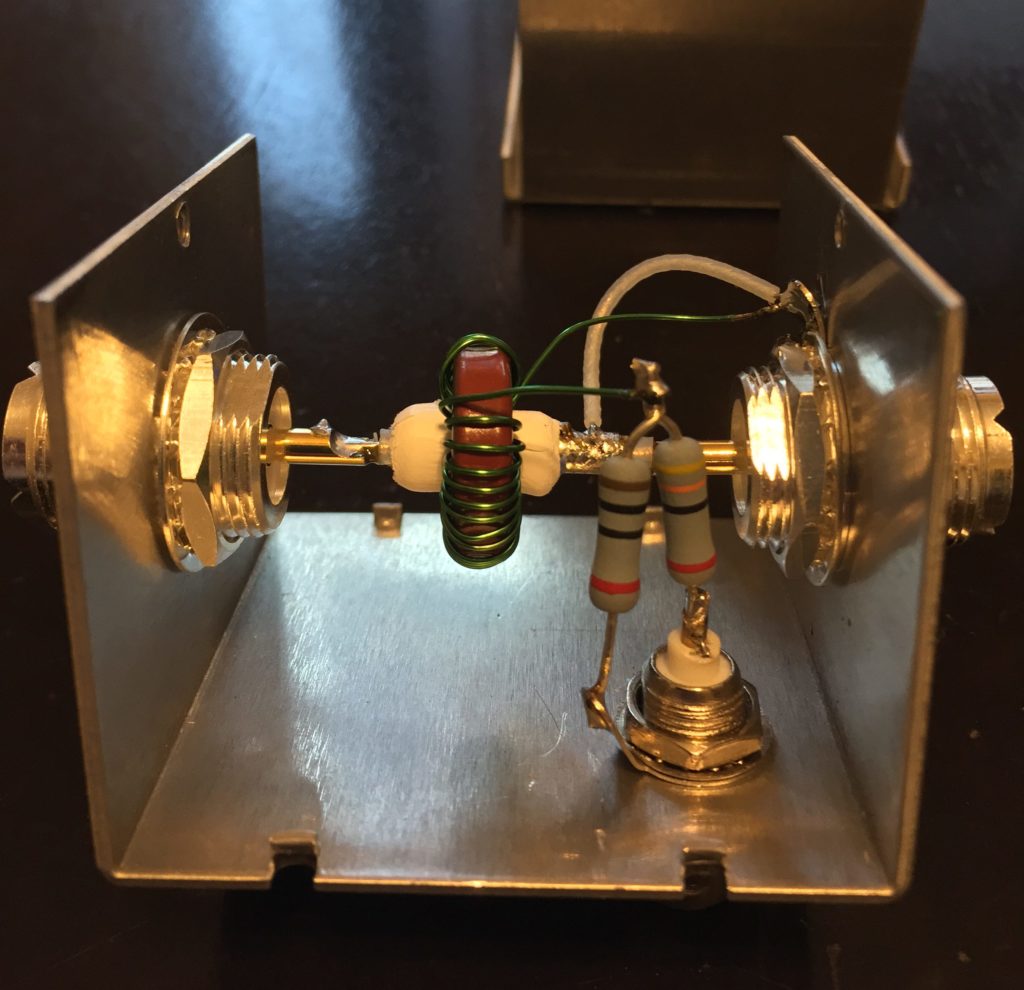

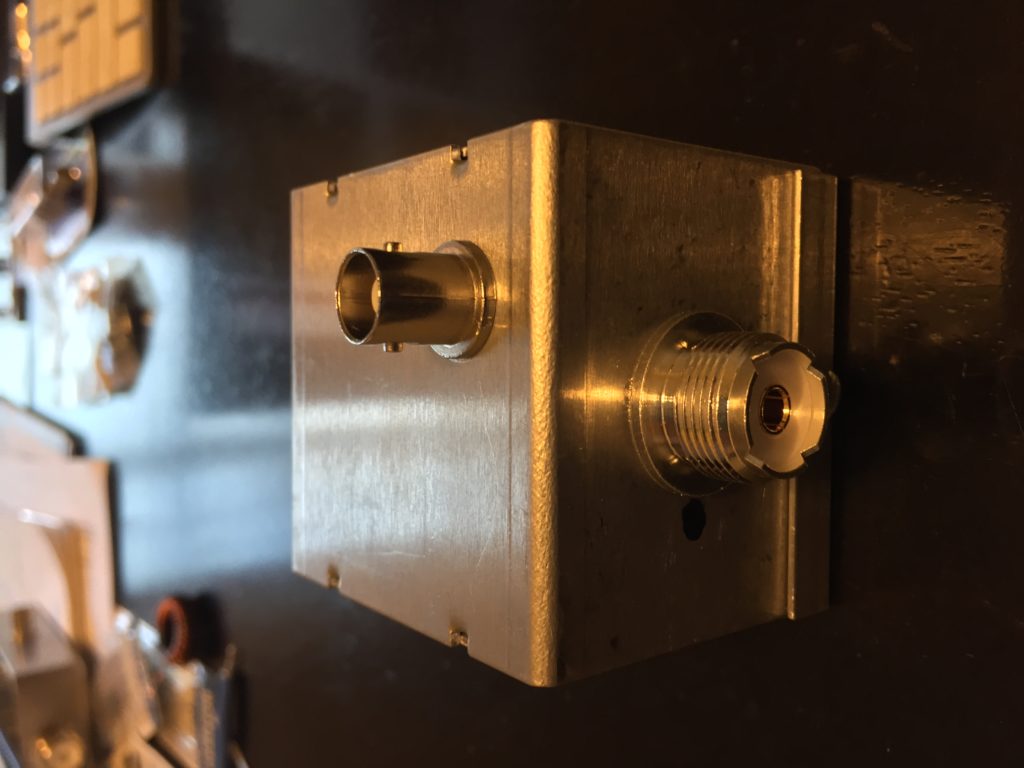
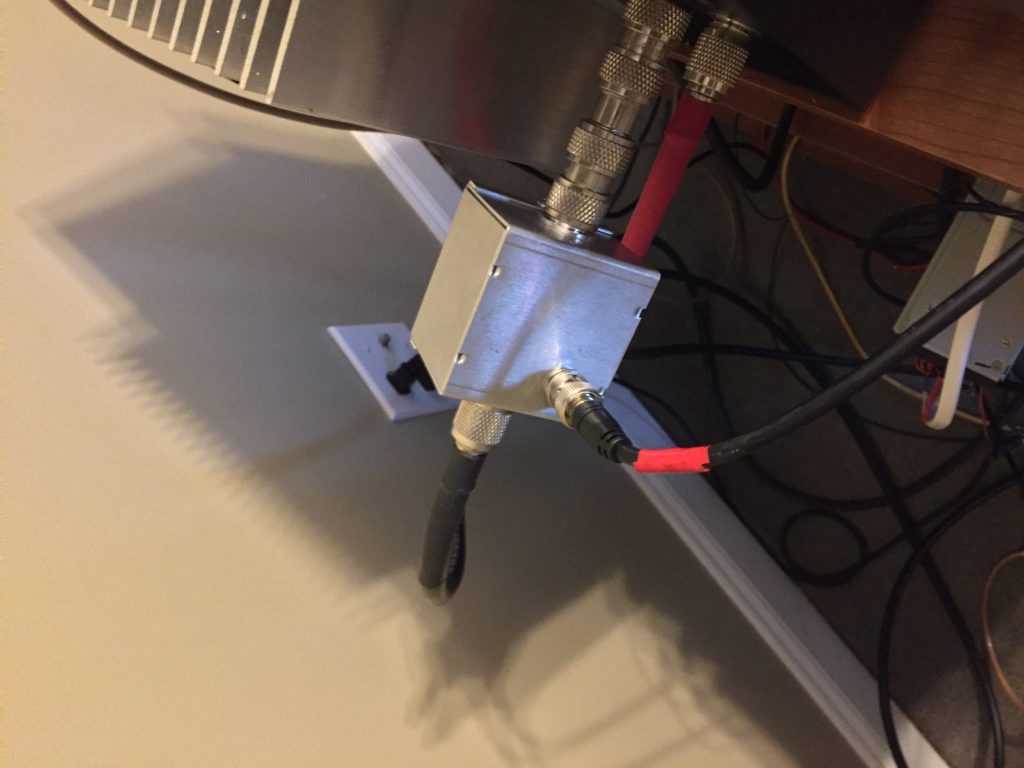
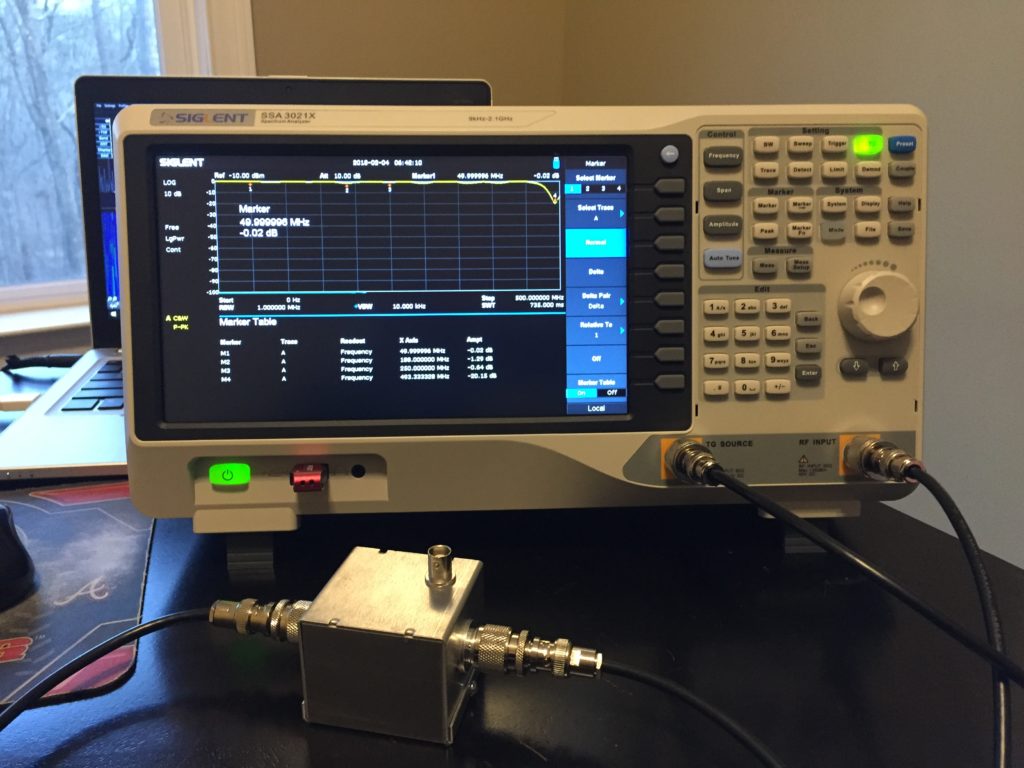
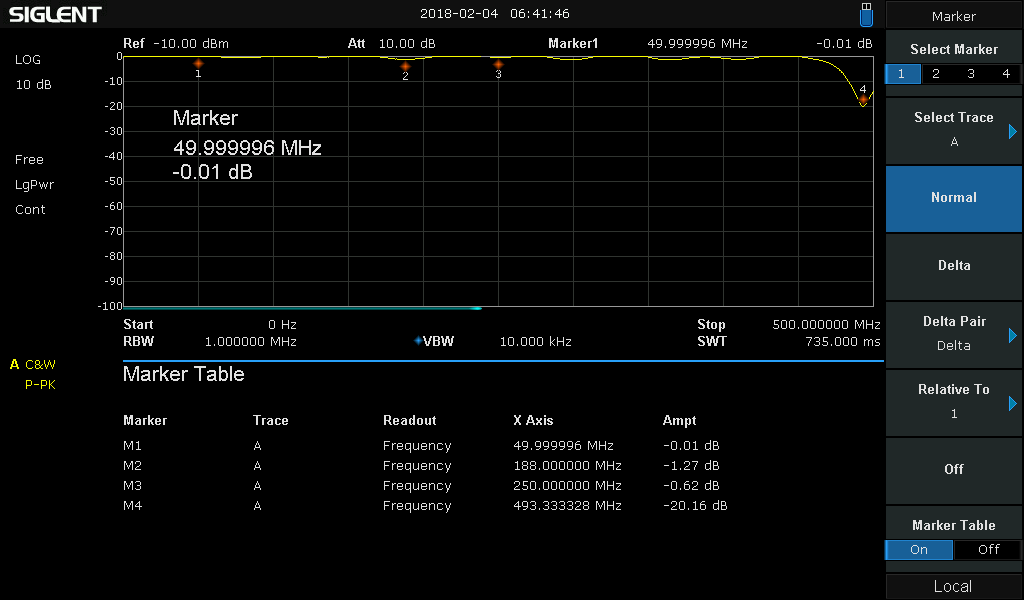
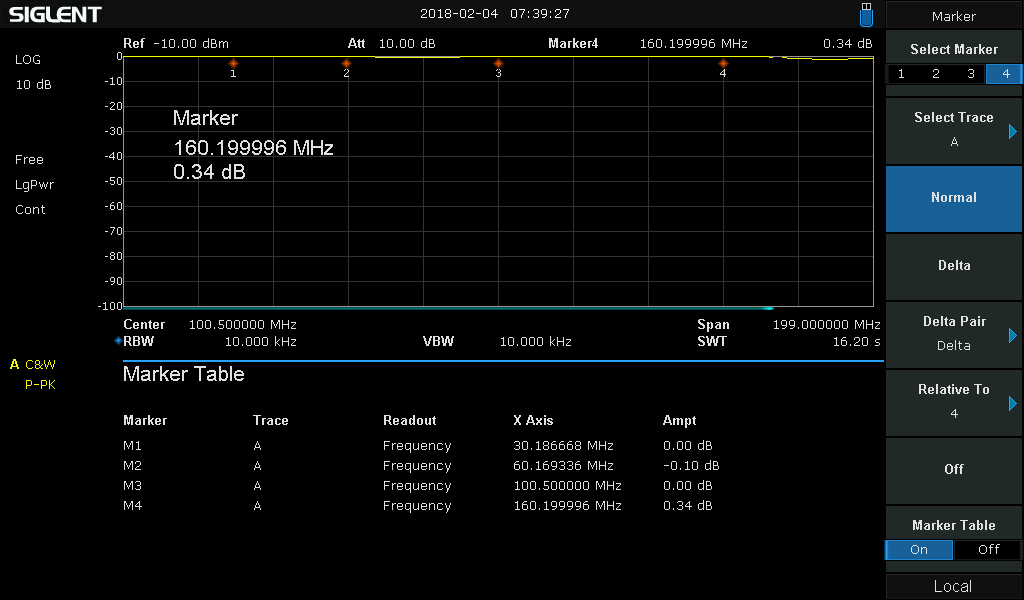
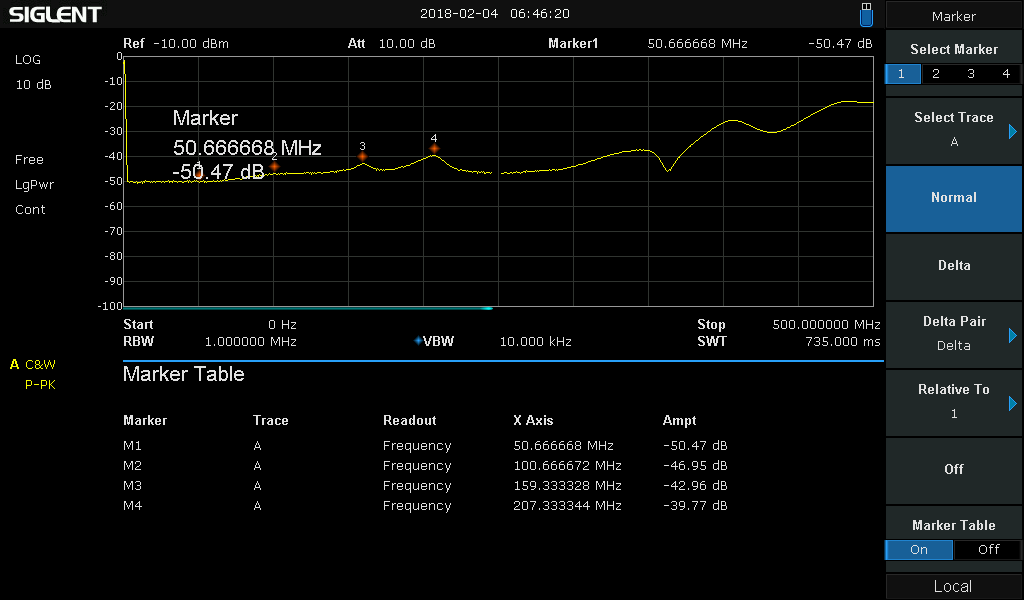
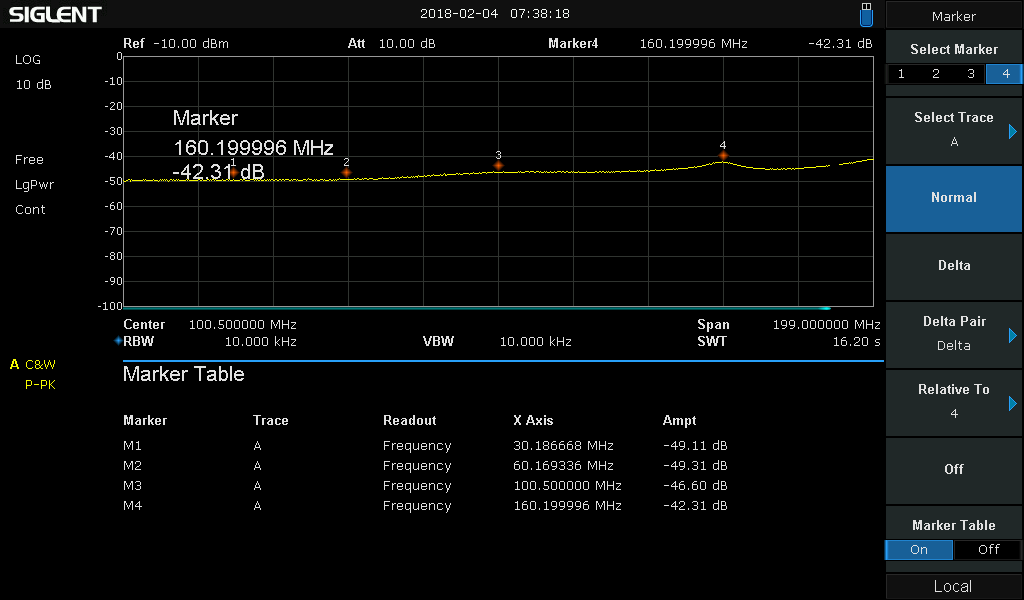

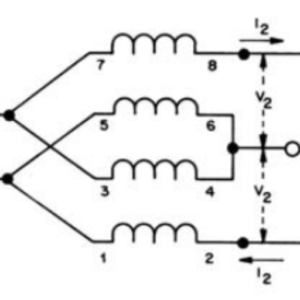
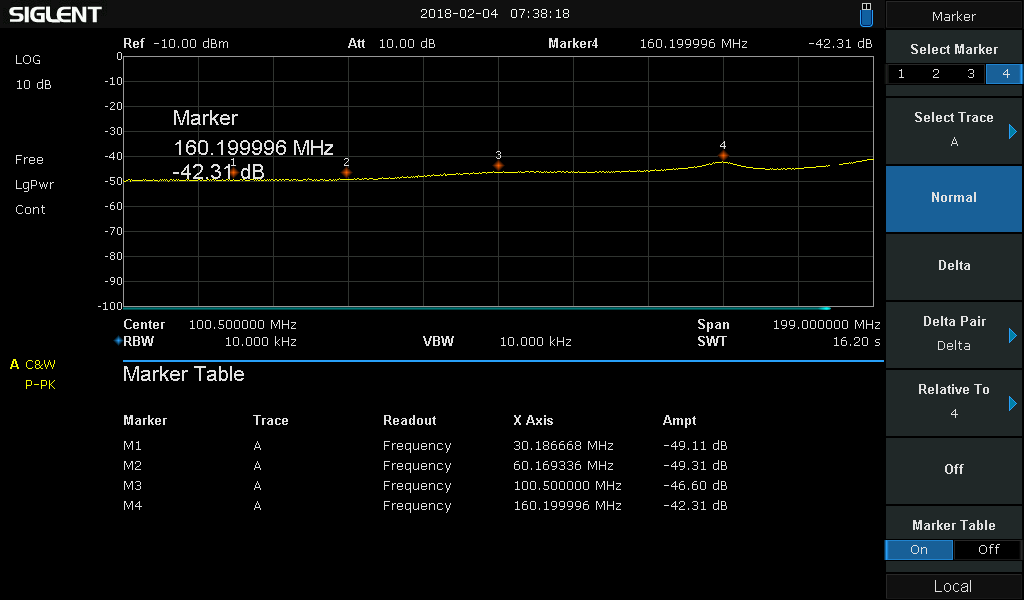
Leave a Reply